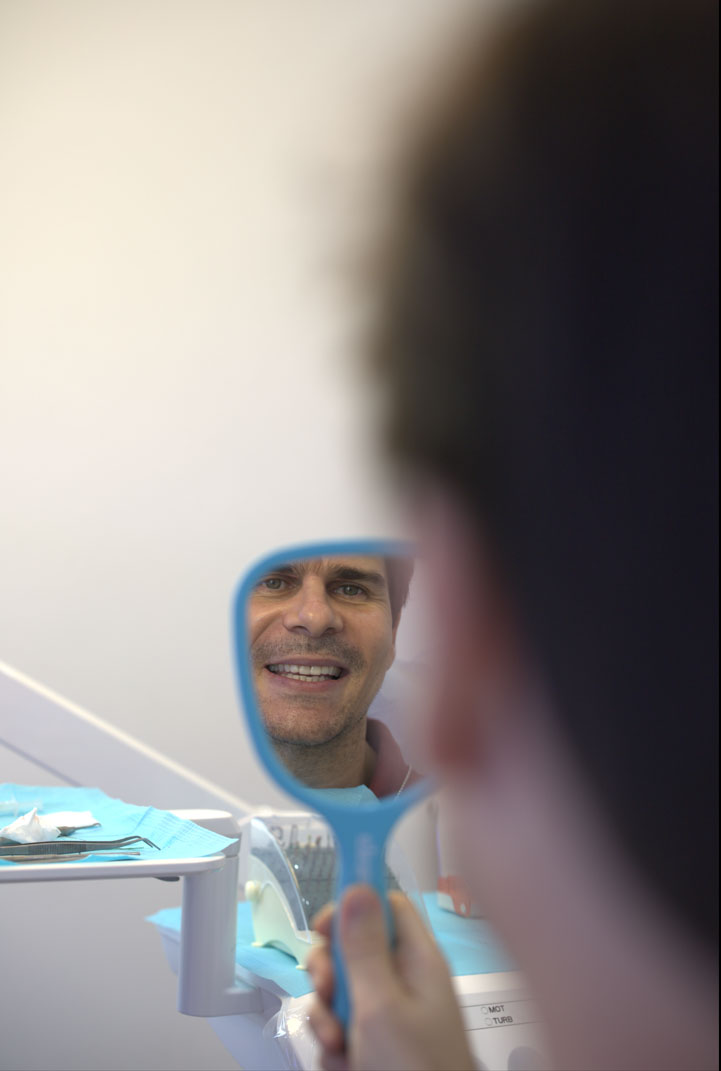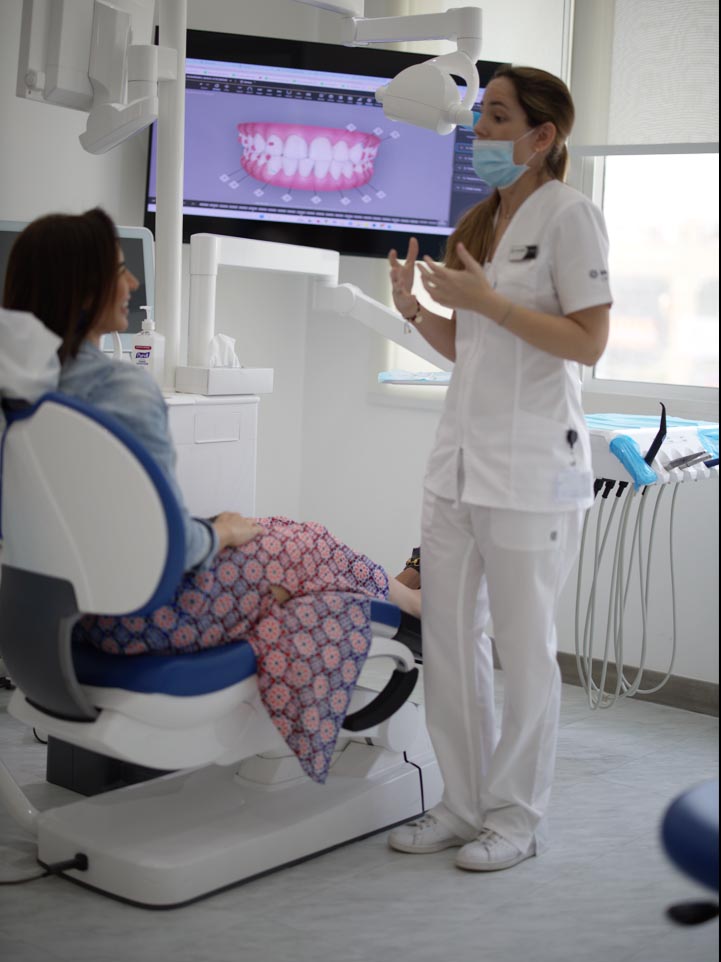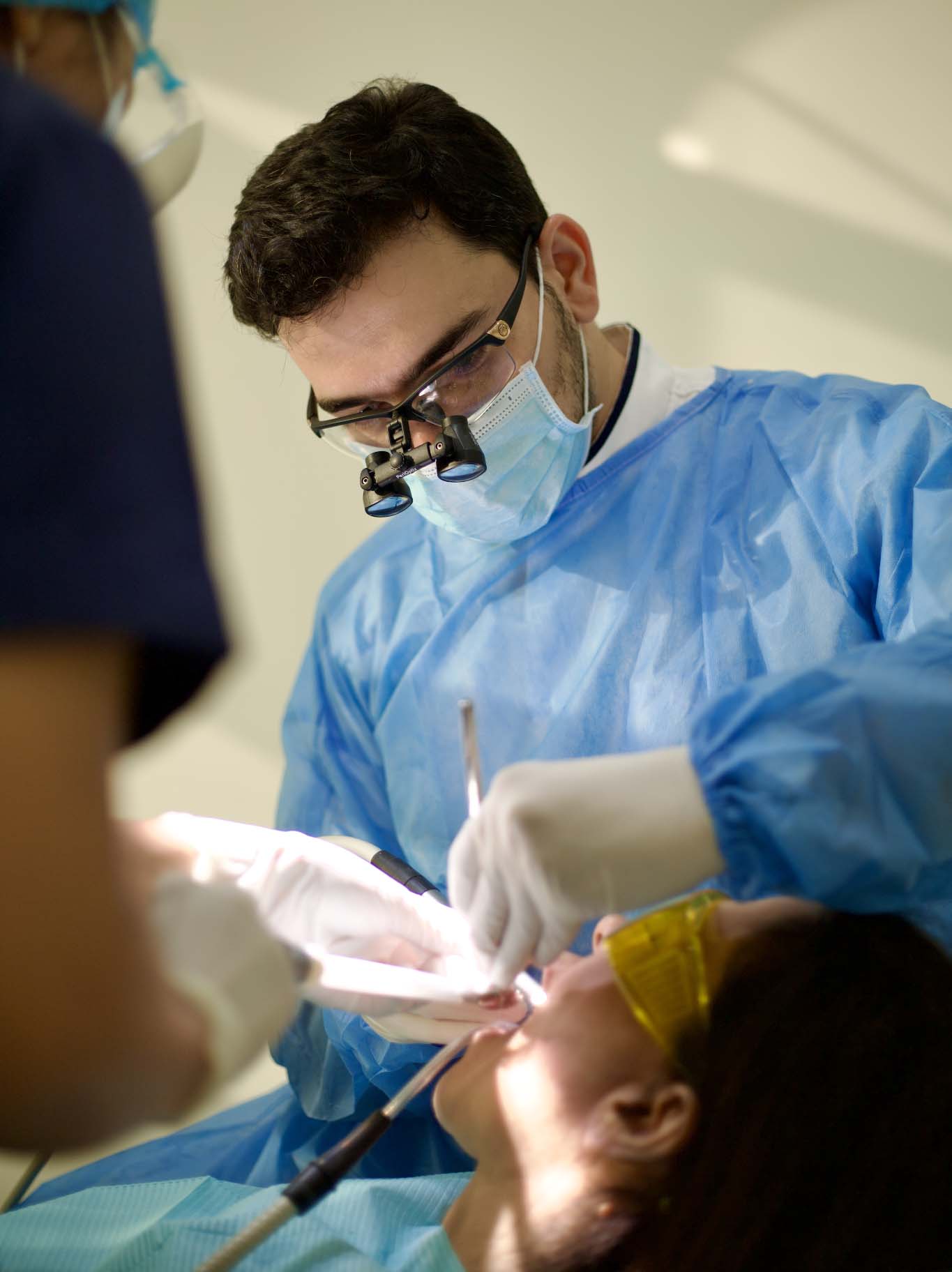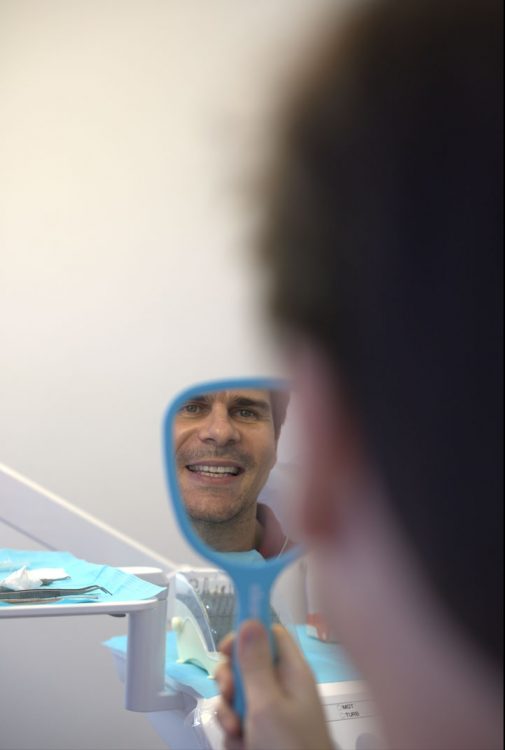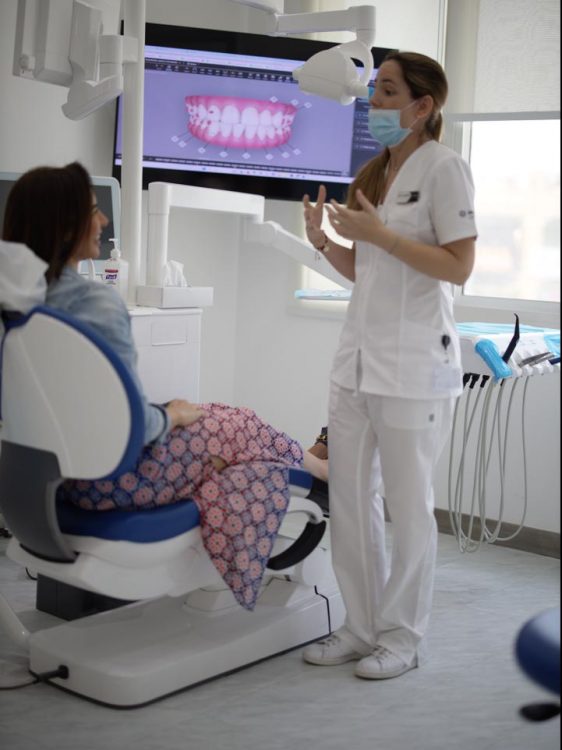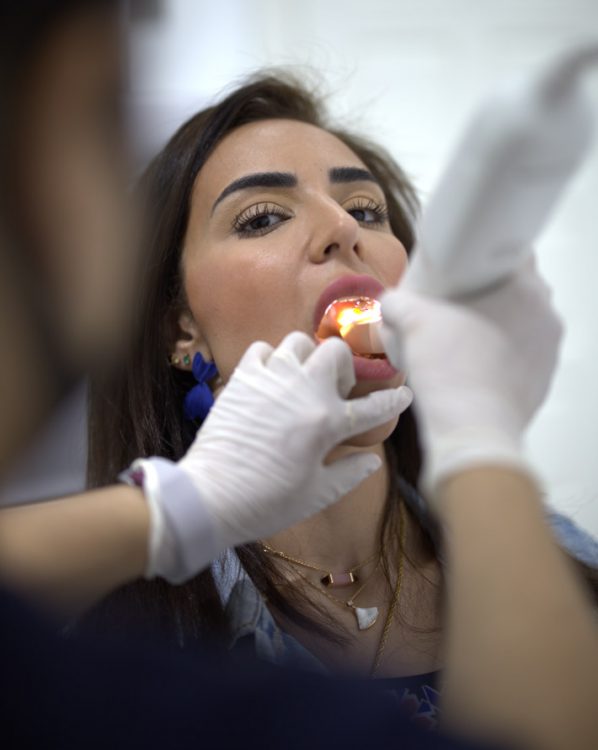The Four Types Of Teeth And Their Purposes
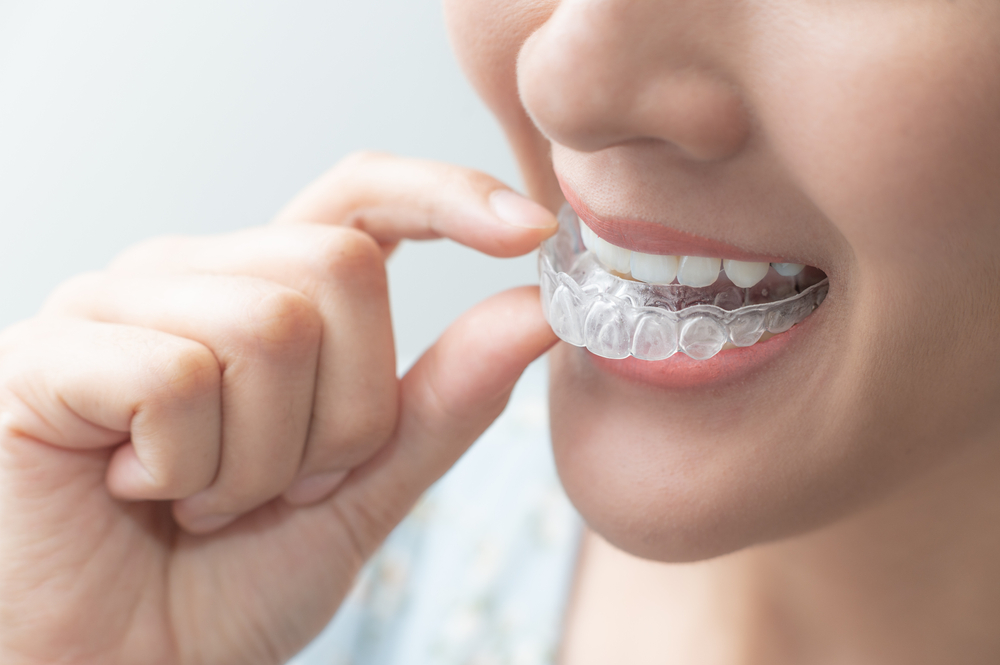
As a leading Invisalign clinic in Dubai, we always encourage our patients to pay good attention to oral hygiene. We use our teeth for a variety of functions, but the importance of taking care of them is often overlooked.
Apart from giving you a picture-perfect smile, teeth play a great role in the speech and digestion of food as well. Here is a breakdown of the four types of teeth in your mouth and their individual purposes.
- Incisors
These are the teeth that people can see when you smile. This is why many who look to make their smile attractive get clear braces or similar treatment only for these front teeth.
Incisors are the four most middle teeth on both the top and bottom of your jaw. They are the teeth that take the first bite of your food and provide the right support and structure to the lips as well.
There are two types of incisors: central and lateral incisors.
Central incisors
These teeth are found in the front part of your jaws (both up and down). They are mainly responsible for the pronunciations of your speech. The top row of your central incisors, shaped like shovels, is what gives your smile its definition. Whereas the bottom central incisors help in the mastication and chewing of food.
Lateral incisors
These are the small teeth you find sitting between your central incisors and canines. Generally, adults have four lateral incisors, two on top and two on the bottom. They are small and thin compared to the central incisors and are what helps you to divide food into smaller pieces when eating.
- Canines
These are teeth found at the curve of your dental arch and on both sides of the jaw. Adults have four canines, one on each side of the top and bottom incisors. They are one of the strongest types of teeth and are highly resistant to extreme pressure resulting from chewing.
Canines are vital to shear food, support the lips and assist other teeth in chewing food. They are also extremely essential to guide all your teeth into place when your top and lower jaw comes into contact.
- Premolars
Also known as bicuspids, these are the teeth just behind your canines. Adults have eight premolars, four on the top and four on the bottom of your jaw. They are flat on top and are used primarily to also chew food. More specifically, they tear and grind food into small pieces when chewing. Interestingly, they also help to maintain the height of your face. As they are transitional teeth, they have features of both molars and canines.
- Molars
These teeth are located right next to the premolars. They are the widest, flattest and strongest teeth out of all the four types of teeth. There are twelve molar teeth in your mouth, divided into six on top and six on the bottom. Molar teeth cluster into four groups of three (two groups on the top-back of your teeth and two groups on the bottom-back of your teeth). They primarily work with your tongue to mash and hold food safely until it’s ready to be swallowed.
Most cosmetic dental procedures like Invisalign treatment, veneers and zoom whitening focus on improving the aesthetic looks of the teeth that cover the front surface of your mouth.

